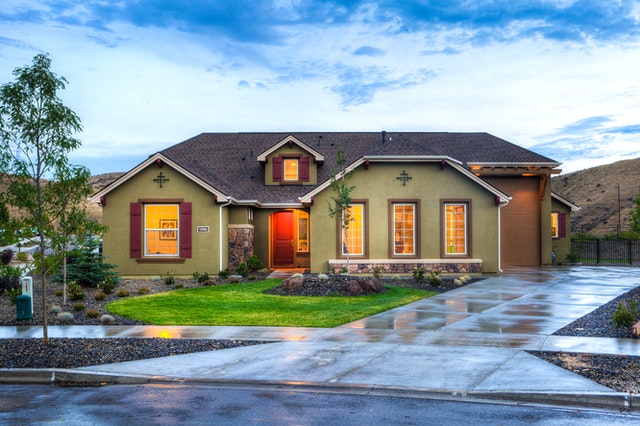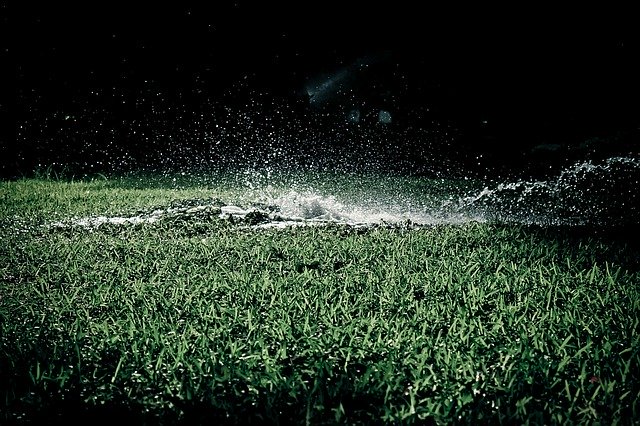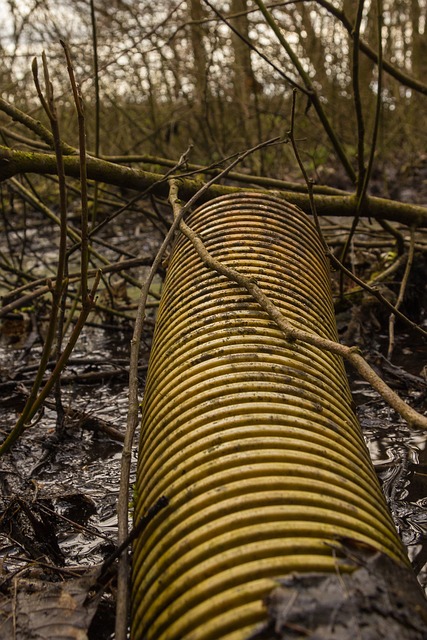I know, I know. Getting your basement flooded to the top after the rain is a major annoyance that makes your house look more like an ark – not to mention a potential property damage.
Today’s Sponsor: El Paso Parking Lot Striping.
It is well known that humidity and water can be prejudicial to your house’s structure, or at least, in the best case scenario, attract too many bugs and mosquitoes to a too-soggy-for-its-own-good yard; the bright side in all of this situation is that water is an easy inconvenience to handle, it follows the law of gravity and flows
downhill at the first chance it encounters, so you just need an effective draining system to solve the issue. Preferably, a French drain.

The latter consists in a trench (a slightly tilted one) covered with rock or grit, and a pipe that redirects ground and surface water away from your house. A no, it’s not named after the country, it’s named after Henry French, a farmer from Concord, Massachusetts who first promoted the idea of the drain in 1859.
As you can see, these drains are actually an ancient method of water drainage and their function is very simple, but still useful. It’s basically what I just said about providing the water a way to escape. Water runs into the rock-filled trench, then into a pierced pipe at the bottom of the trench, it flows freely through the pipe and this one empties itself at a safe distance from the house. Depending on your current location, the water can be delivered into a drainage ditch, the street, a low-laying area of the property, or a dry well.
There are somewhat specific cases when you need a French drain, like:
– When you have a predicament with surface water like a classic damp lawn, in which case you’ll need a shallow French drain, or also called curtain drain. It catches the water and directs it around the wet spot, in order to do so the drain spreads horizontally through your property, straight uphill of the space you want to dry out.
-If water is getting into your basement. This requires a deep French drain or footing drain, it runs around the outer limits of the house at the foundation level and seizes water beforehand it can go into your basement. Though, it’s almost requisite tha this type of drain is added during the house’s construction, since it is very
troublesome and expensive to adjoin afterwards.

-If you’re constructing a retentive barrier on a hillside, include a French drain behind the initial path of gravels or rocks, or else the water moving down the hill will stock up behind the wall and weaken it. The pipe line should repose on the same compressed grit foundation or concrete basis that reinforces the wall.
Remember that in all cases for the water to run properly the trench bottom should be inclined about 1 inch for every 8 feet in the direction you want water to flow.
Thank you for visiting our site. We hope you are finding a ton of great information. If you have any comments or questions please contact us today. Also if you have any tips to share, please submit your tips to us. If we end up using your tip on our site we will give you full credit. One last thing we ask is that you visit our sponsor Parking Lot Striping El Paso.
